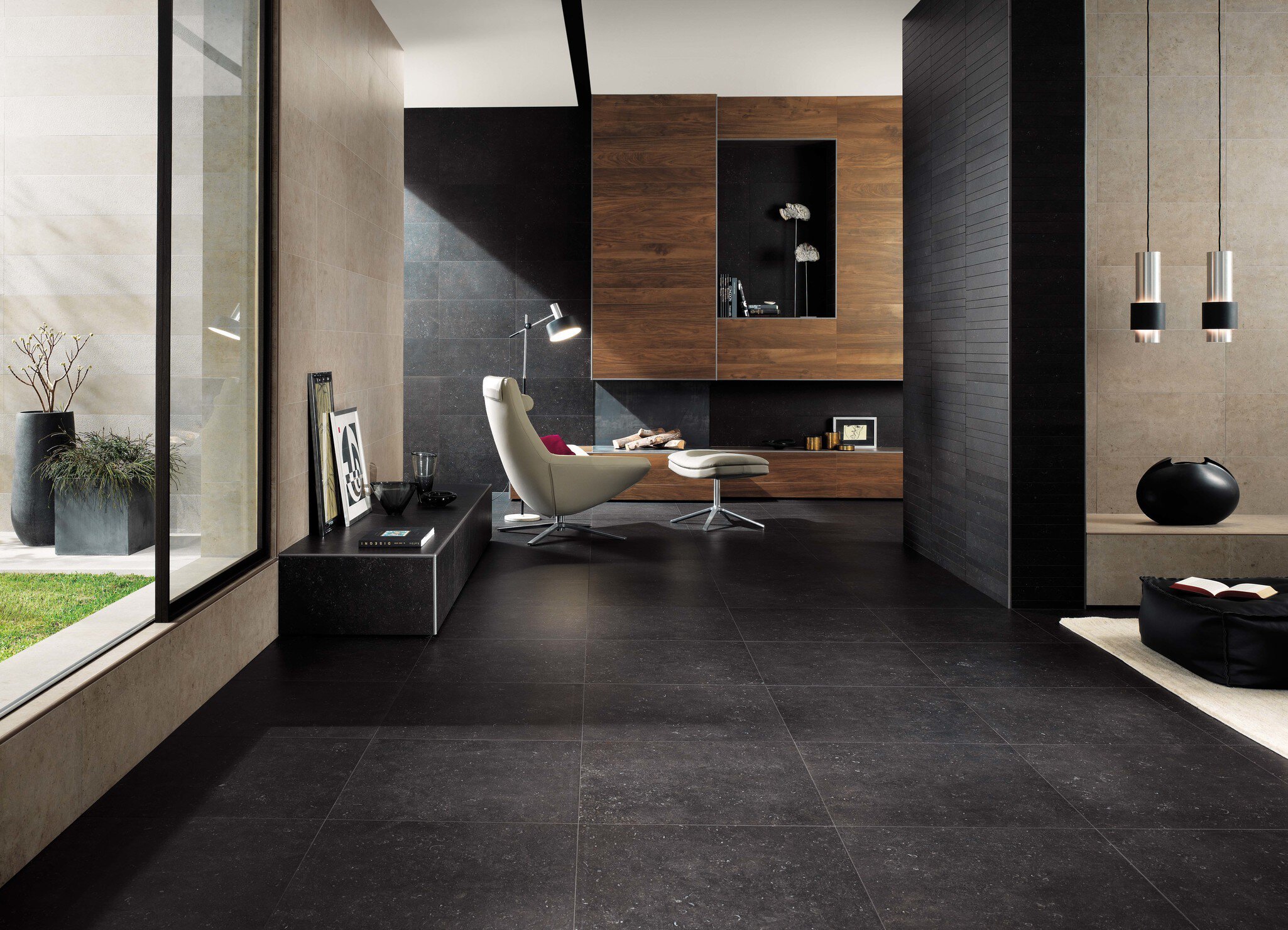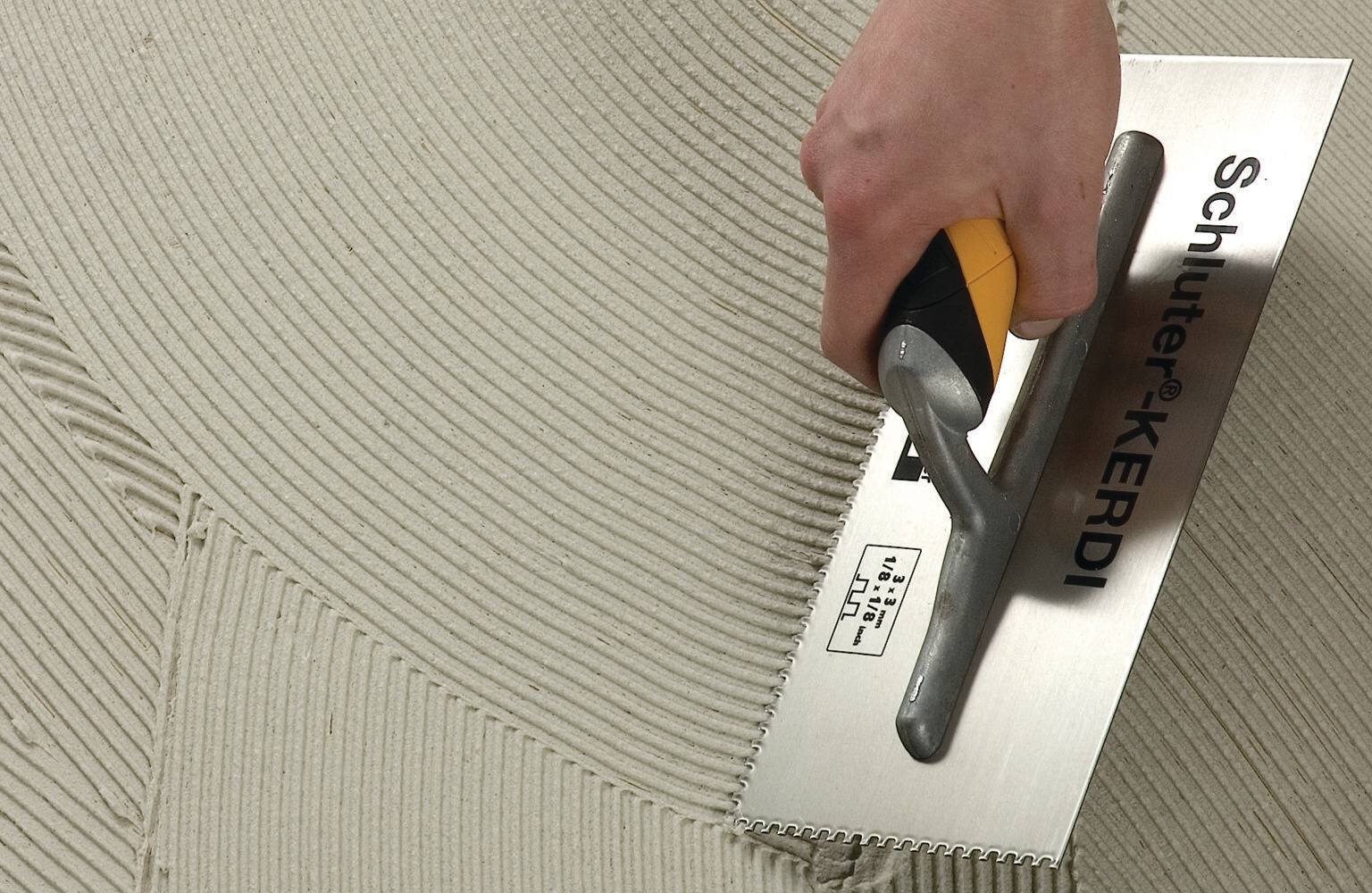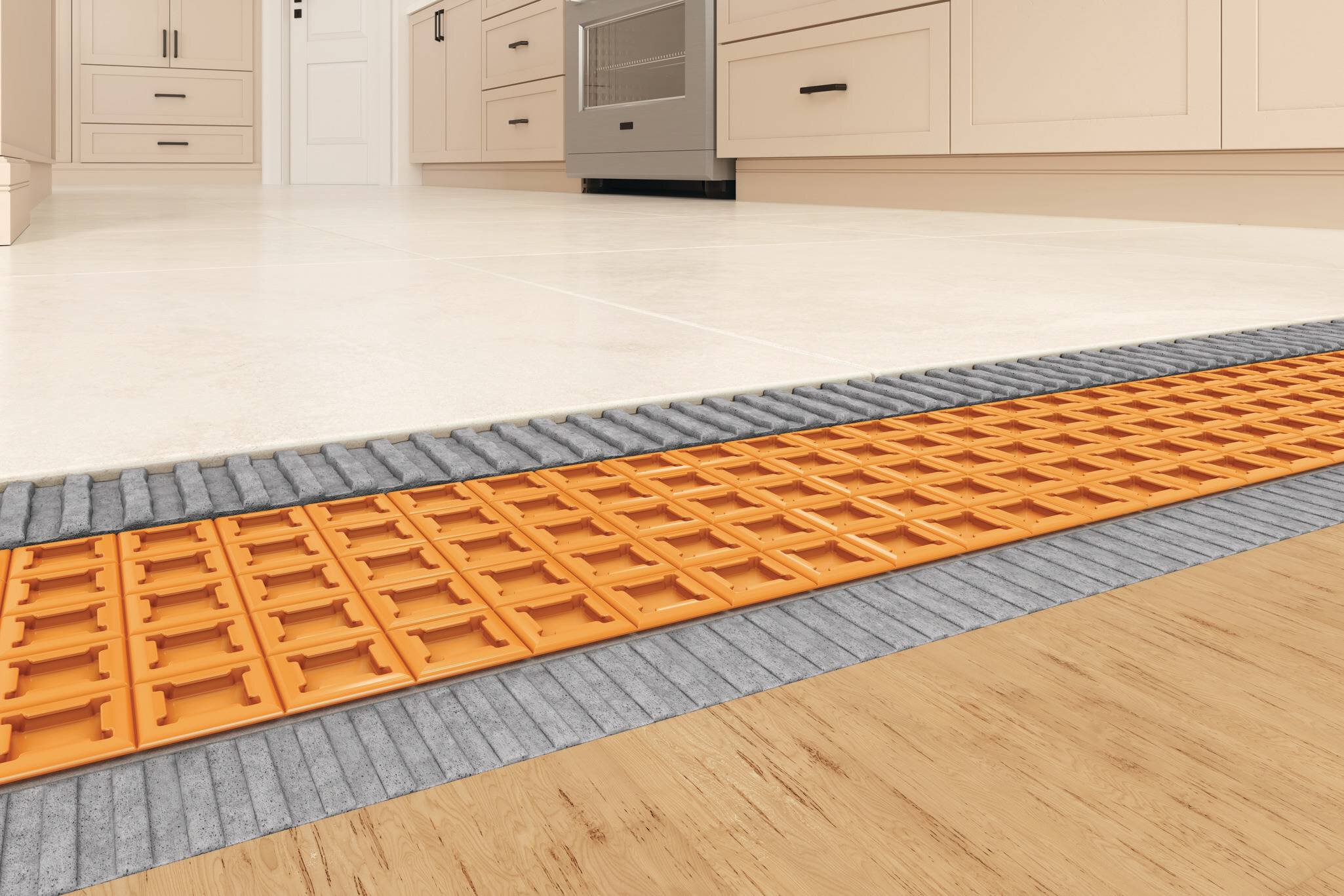Three Reasons Your Tile Floor is Cracking and How to Prevent It



When it comes to flooring options, tile floors are popular for their durability, aesthetic appeal, and ease of maintenance. However, when tile floors are not properly installed, they can develop cracks over time. Understanding the potential causes of these cracks is essential for homeowners and contractors alike. Let’s explore the three main reasons why tile floors crack and discuss preventive measures to ensure the longevity of your flooring investment.
1. Insufficient Mortar Coverage
When there is not enough thin-set mortar under a tile, several issues can arise, including insufficient bonding. Thin-set mortar is responsible for creating a strong bond between the tile and the substrate. If there isn't enough mortar, the tile may not adhere properly, which can cause the tile to become loose, crack, or even detach from the surface over time.
Schluter has a line of thin-set mortars that are specifically designed to work with Schluter membranes and boards. Schluter ALL-SET® modified thin-set mortar is engineered for use both under and over all Schluter®-DITRA uncoupling membranes (see below) and Schluter®-KERDI waterproofing membranes. If you prefer to work with an unmodified thin-set mortar, Schluter® SET is also available.






2. Absence of an Uncoupling Membrane
The major causes of damage in tiled floors are movement stresses and water penetration. Uncoupling membranes serve as a protective layer between the tile and the substrate by absorbing stress and preventing the stress from transferring to the tiles. When an uncoupling membrane is omitted from the installation process, the direct transfer of stress from the subfloor to the tile can cause cracking of the tile or grout, and delamination of the tiled surface.
To enhance the longevity of your tile floor, consider using an uncoupling membrane like DITRA during installation. DITRA is a membrane that is placed between your tile and your subfloor that prevents stresses from being transferred directly to the tile. The membrane features an open-rib structure which allows the subfloor and the tile to move independently, thereby eliminating movement stresses and preventing cracking and delaminating of the tiled surface. DITRA is also waterproof to prevent subfloor damage in the event of a water leak. This is a critical component in preventing mold and mildew, especially in wet areas.
3. Lack of Expansion Joints
Tiles, like any other construction material, expand and contract with changes in temperature and humidity. Without the presence of expansion or movement joints, these movements can exert stress on the tiles, leading to cracks. Expansion joints allow for controlled movement and relieve the pressure that can build up when tiles are restricted.
Movement joint profiles are recommended to be installed at designated intervals, such as doorways, transitions, and large open areas—a minimum of 12 feet and a maximum of 20 feet in any direction based on the size of the tiled surface. Schluter Systems offers a variety of different movement joint profiles to fit the needs of any installation.

Movement joints are transition pieces, or profiles, which include flexible chlorinated polyethylene zones through the center that accommodate movement within a tile or natural stone installation. Movement accommodation is necessary in all floor tile or natural stone applications as it prevents tile from cracking due to movement. Although these profiles are necessary in tile or natural stone installations, some tile installers fail to incorporate them into such applications due to lack of knowledge and/or misunderstanding. In areas with drastic climate changes, structures are more prone to expansion and contraction due to the harsh changes in temperature, and movement joints will accommodate this movement to protect the tile or natural stone field. Failure to incorporate the necessary movement joints will ultimately result in damage to the surface covering.
See the following video for an example of how to install and where to apply one type of movement joint profile: How to install a corner movement joint in tile:
When it comes to addressing the main causes of tile floor cracking, Schluter offers a comprehensive range of products that can effectively mitigate these issues. By using Schluter's uncoupling membranes, movement joint profiles, and sufficient thin-set mortar coverage, installers can ensure a robust and long-lasting tile floor. Schluter's commitment to providing high-quality products that address the challenges of tile installations allows homeowners and contractors to have peace of mind, knowing that their tile floors are well-protected against cracks. Invest in Schluter products for your next tile installation and enjoy a beautiful and durable tile floor that stands the test of time.